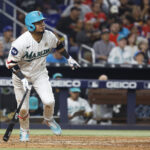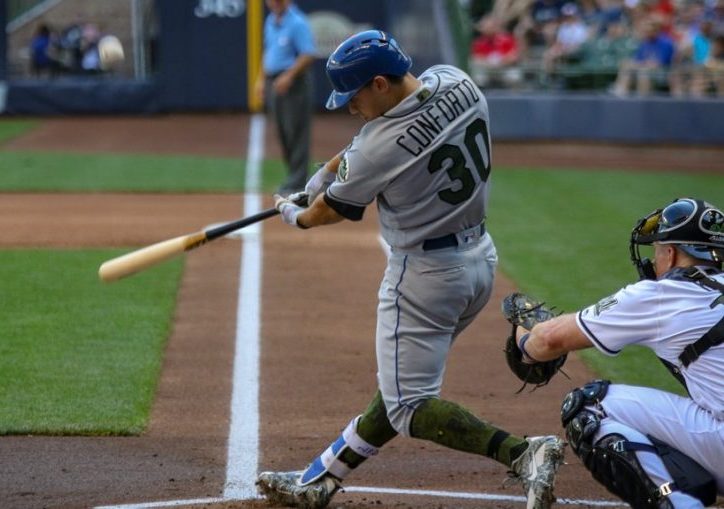
It’s like he never even left.
The 2018 season has been one to forget for Michael Conforto. If you could call his 2016 season a “sophomore slump”, then 2018 was a rerun. If the season ended today, Conforto would be looking at career lows in SLG (.397) and ISO (.165)—quite the slide from his monster 2017 season. After returning faster than anticipated from a shoulder injury, Conforto has consistently struggled to hit balls in play safely and hit for as much power as he’s displayed previously. But in the second half, Conforto has been on fire—it’s not hyperbole to say that he might be even better than his 2017 self. Has Conforto rediscovered his form?
Let’s first talk about Michael Conforto’s 2018 “slump”. I’ll call it a “slump” because Conforto’s batting average and power were way down in 2017, but it wasn’t all bad—in spite of a .232 batting average this season, Conforto’s OBP rests at a lofty .350, on par with Charlie Blackmon and Anthony Rendon. Conforto’s batting average has tanked, but in response, Conforto has been walking at one of the best rates in the majors—his 14.4% BB% ranked 11th in the MLB among qualified hitters entering Sunday, ahead of threats like Rhys Hoskins and Paul Goldschmidt. Like Bryce Harper and Carlos Santana, who have struggled with balls in play this season, Conforto’s sharp eye allowed him to remain a productive hitter in spite of his struggles—Conforto ran a first-half wRC+ of 99, almost exactly league average.
As nice as the walks are, the Mets don’t just need to Conforto to reach base frequently—they need power as well, and Conforto failed to deliver consistently on that this season.
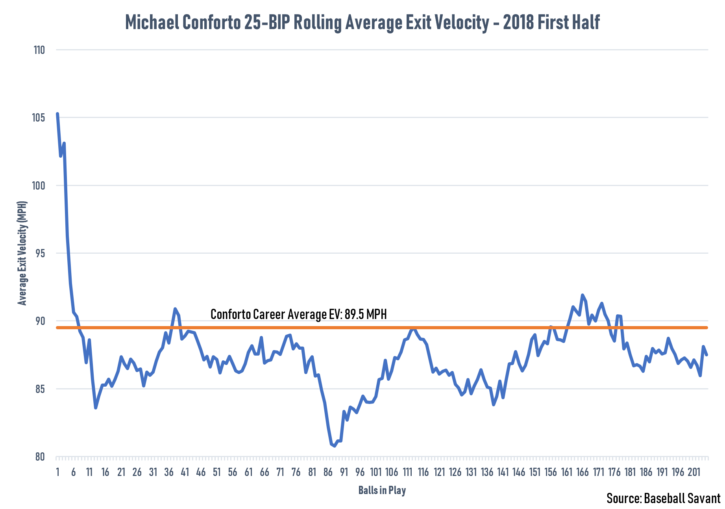
Per Statcast, Conforto had consistently failed to sustain an average exit velocity close to his career average in the first half. Simply put, Conforto has not been punishing the ball to the same degree that he has in his past—precisely why his batting average and slugging have been way down in 2018.
Why the struggle? I grabbed Conforto’s ISO heatmaps from FanGraphs—on the left, his heatmap from 2017, on the right, his heatmap from 2018’s first half.
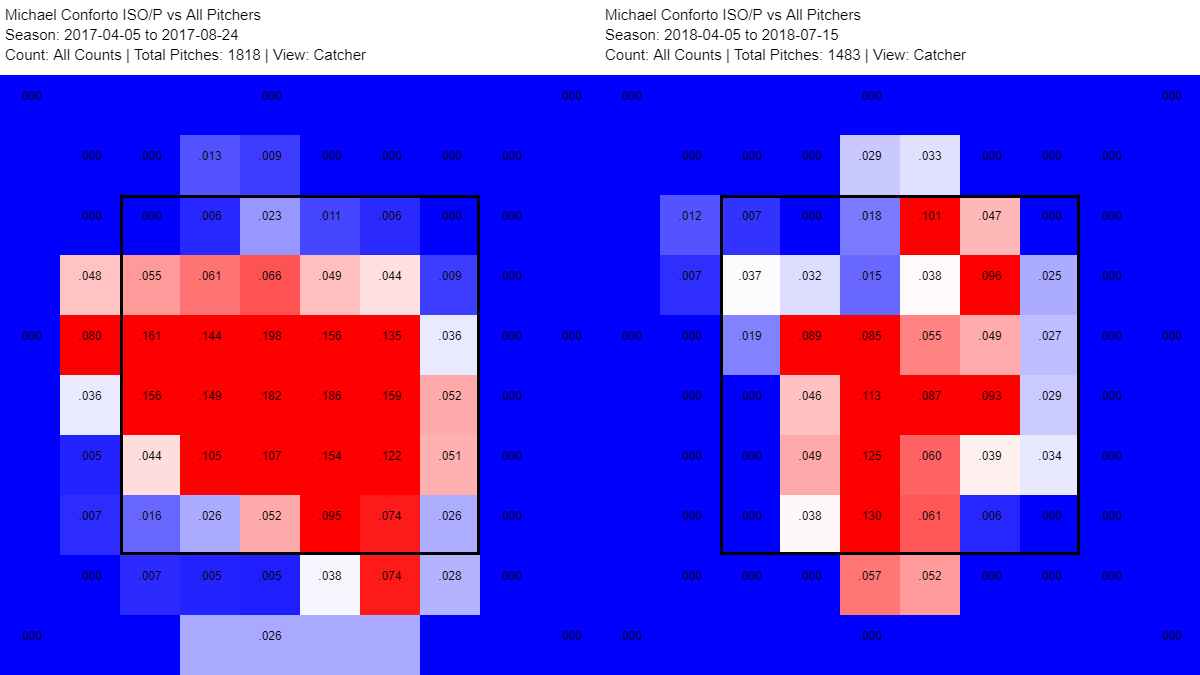
In 2017, Conforto was able to punish pitches across the strike zone consistently—down and in, up and away, and especially in the middle of the zone. In the first half of 2018, Conforto’s power-zone had shrunk considerably—he could still punish pitches down the middle with roughly the same consistency, but his power on the corners had vanished entirely.
Maybe this is a lingering aftereffect of the shoulder injury—Conforto came back from the injury fairly early, so it’s hard not to assign that narrative to it. Perhaps it’s a timing issue—Andrew Perpetua speculated that exit velocity and launch angle are related to contact point (and therefore timing), and Conforto has seen both EV and LA decline this season. Maybe there’s something else at play—voodoo magic or a curse of some kind. I can’t say for certain that it’s one or the other, because there’s no obvious mechanical change in Conforto’s swing from this season to last season.
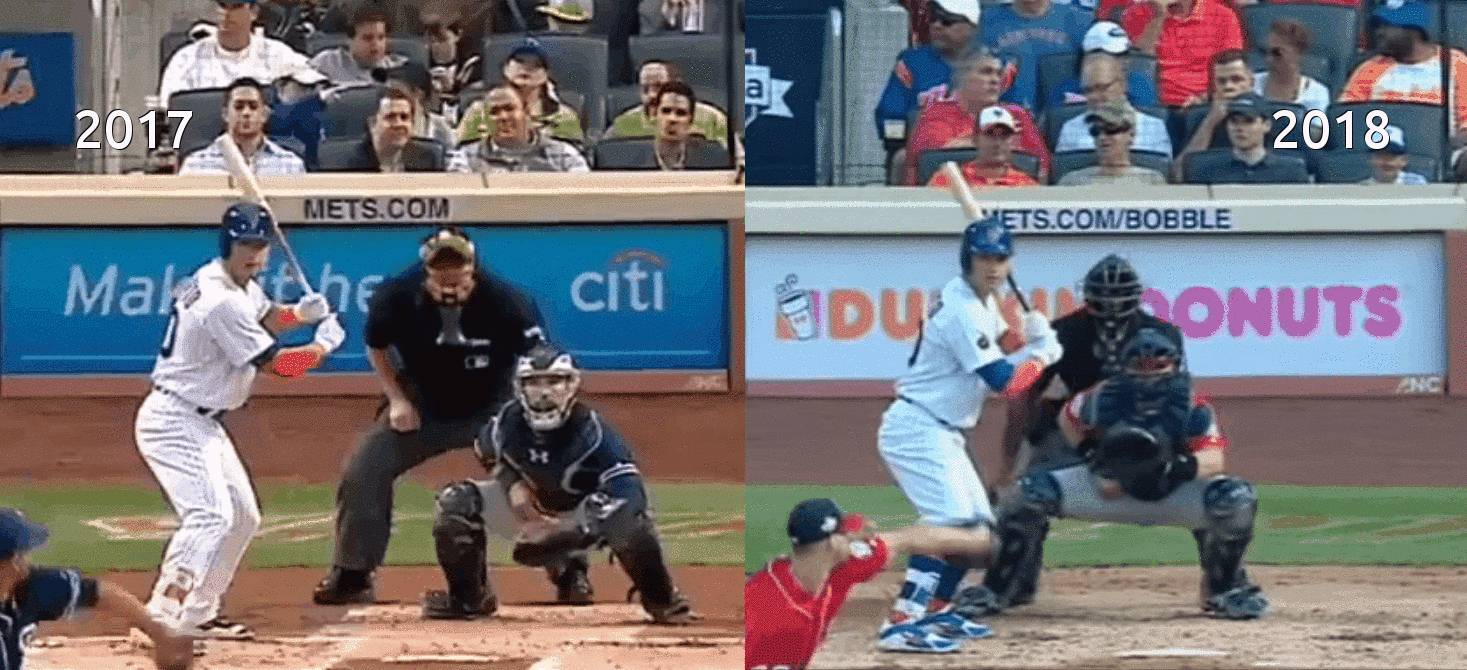
But we might not have to care, because whatever the issue was, it looks like Conforto has fixed it. Here’s Conforto’s rolling average exit velocity for all of 2018— post-All-Star break, Conforto has had his longest-sustained and highest average exit velocity run this season.
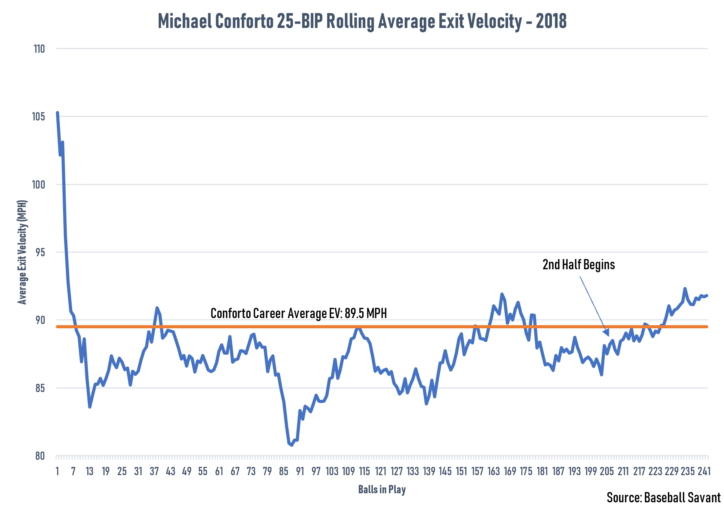
Another sign of serious improvement? Here are Conforto’s ISO heat-maps for 2017 and the second half of 2018, per FanGraphs.
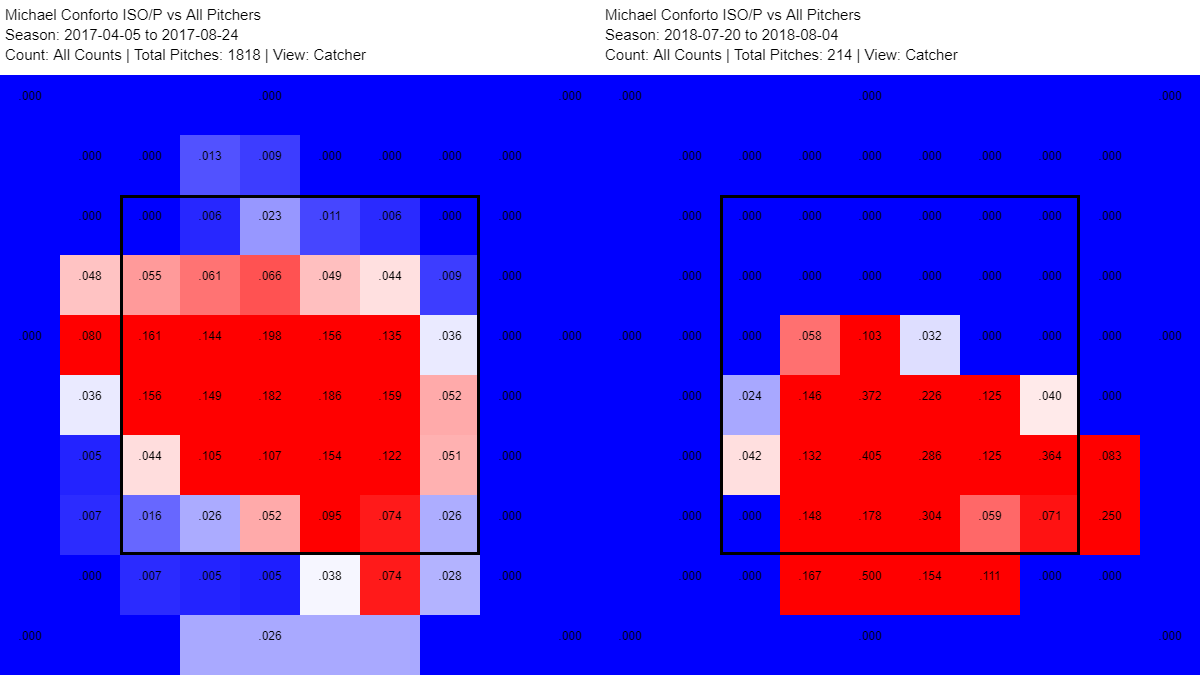
It’s early in the second half—after all, we’re barely a month into it—but Conforto is showing off an expanded power zone comparable to his 2017 heat-map. The combination of better power and an expanded zone means Conforto is armed with the tools to have a second-half breakout. He’s already well on his way—entering Monday, Conforto was hitting .315/.393/.556 in the second half.
Conforto can be a key for the Mets—as a bright, young, talented outfielder, his bat can carry the team. If he’s finally rediscovered his power stroke, then the Mets look at least a little bit stronger for 2019 and beyond.







